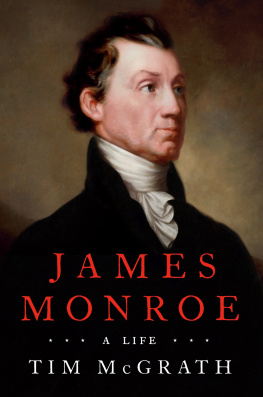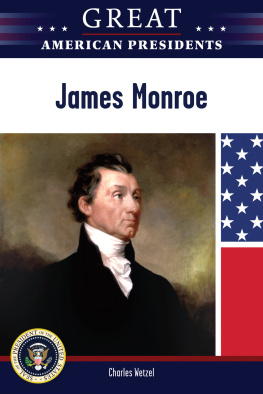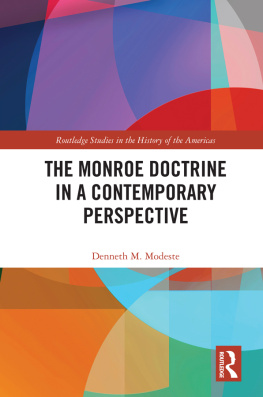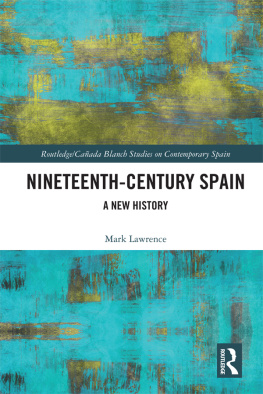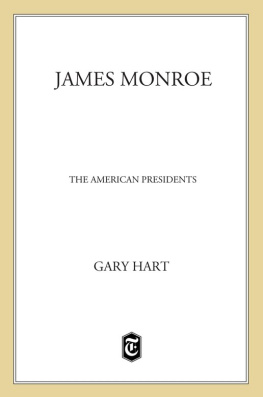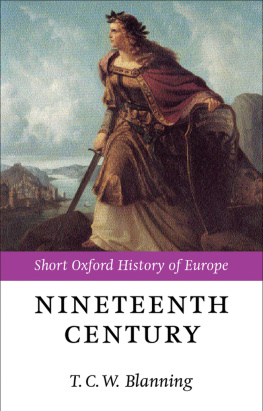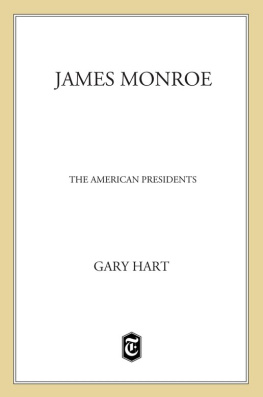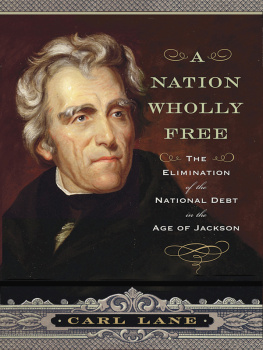P resident James Monroe convened his cabinet in the autumn of 1823 to discuss how to respond to a perceived national security crisis. The Monroe administration feared that European powers were seeking to recolonize the newly independent states of Spanish America, an act that might endanger the United States itself. The cabinets deliberations resulted in Monroes December 2 message to Congress, the textual basis of what later became the Monroe Doctrine. In it, the President declared that the Western Hemisphere was no longer open to European colonization and political intervention, which the United States would deem a threat to its security. The 1823 message unilaterally asserted that the American continents, by the free and independent condition which they have assumed and maintain, are henceforth not to be considered as subjects for colonization by any European powers.
Despite its straightforward prose, Monroes message was an ambiguous and paradoxical document. The message proclaimed American opposition to European colonialism, but within it lurked the imperial ambitions of the expansionist United States. It sought to further Americas independence from Britain, yet its achievement resulted from the fact that Britains Royal Navy deterred the European powers from intervention in Latin America. Though it was part of the administrations diplomatic strategy, Monroe addressed the message not to foreign governments, but to Fellow-Citizens of the Senate and House of Representatives. The message articulated a national policy aimed at strengthening the union of states in North America; yet the members of the cabinet who drafted itprincipally John Quincy Adams of Massachusetts, South Carolinian John C. Calhoun, and Virginians William Wirt and Monroehad the interests of their own states, sections, and political positions in mind. Most important, the Monroe cabinet stated what European powers could not do, but stopped short of announcing any specific policy for the United States. The 1823 message placed no constraints or limitations on American statesmen.
The open-ended nature of the seemingly direct 1823 message foreshadowed the elasticity and political utility of what became known in the mid-nineteenth century as the Monroe Doctrine. Generations of Americans would proclaim that Monroes message embodied fundamental principles of American statecraft. But they would disagree with one another over its meaning, purpose, and application. There would be as many Monroe Doctrines as foreign policy perspectives. When even the flexible language of the 1823 message proved restrictive, Americans would attach corollaries to it to extend legitimacy to new policies. The creation of the Monroe Doctrine was not a single event in 1823, but rather a contested process that lasted throughout the nineteenth century. The construction of the Monroe Doctrine was like a never-ending building project: upon the foundations of the 1823 message, Americans built larger, more elaborate structures, only to have political opponents or subsequent generations renovate or even demolish and rebuild what lay before them.
The Monroe Doctrine evolved in relation to the shifting dynamics and internal politics of the union. It also was the product of the larger geopolitical context of great power expansion, rivalry, and contraction from which the American nation and empire emerged. There was nothing inevitable or preordained about the rise of the United States, even if the Monroe Doctrine boldly called for a new world order premised upon American principles. Though the North American republic was blessed with many advantages, it was vulnerable from within and without. Nor did nineteenth-century Americans agree on the form and purposes that their nation and empire should assume. This book uses the Monroe Doctrine to examine how the state that emerged as the preeminent global power of the twentieth century was the product of the protracted, contentious, and interconnected processes of anticolonial liberation, internal national consolidation, and imperial expansion.
Imperial Anticolonialism
Unique in the nineteenth-century world, the United States transformed itself from a group of colonies to a global empire. The transition from colony to empire was not linear. American statesmen did not first focus on consolidating their independence from Britain before then setting about building their empire. They did not decide in 1823 that their colonial past had been put to rest and their imperial future now lay before them. Nor were anticolonialism and imperialism irreconcilable opposites in the context of nineteenth-century America. The key to understanding the nineteenth-century Monroe Doctrine is the simultaneity and interdependence of anticolonialism and imperialism. The historian William Appleman Williams perhaps summed it up best when he labeled American statecraft imperial anticolonialism.
The fusion of imperialism and anticolonialism shaped both the domestic and foreign policies of the United States in the nineteenth century. In part because of their experience under British colonial rule, Americans embedded anticolonial principles into their two foundational documents of 1787: the Constitution and the Northwest Ordinance. These documents established a decentralized political structure that stood as an alternative to the colonial model of the Old World, in which central authority exercised control over far-flung dependencies. The foreign policy of the United States was anticolonial in that American statesmen opposed the colonial expansion of the European powers in the Western Hemisphere. These anticolonial principles and objectives were inextricably intertwined with the construction of the nineteenth-century American empire. The anticolonial political system of the United States facilitated the colonization of much of the North American continent. This imperialist process entailed not only voluntary white settlement and migration, but also the removal of native populations, the expansion of slavery (until 1861), and the conquest of territory held by other nations, particularly during the Mexican War in the 1840s. The United States also proved adept at projecting power in regions not formally annexed to the union, such as Mexico and the Caribbean. As the nineteenth century progressed, many Americans went further, arguing that the world should be remade in the image of the United States. Though rooted in traditional anticolonialism, this impulse fueled interventionist foreign policies and, in the aftermath of the War of 1898, would lead many Americans to embrace their own colonial expansion.
Central to this imperial anticolonialism was the United States ongoing struggle to consolidate its independence from Britain. Though the thirteen colonies achieved their political independence during the American Revolution, the United States remained within the webs of an expanding and increasingly powerful British Empire. The young American republic continued to be an economic satellite of Britain; its intellectuals decried the predominance of British literature and ideas in its culture; its statesmen feared that British power could destroy the union itself. Americans struggle against the British Empire lasted far longer than the military encounters of the American Revolution. This anticolonial process is impossible to separate from early American imperialism. The exercise of control over Native Americans, the acquisition of new territories, the attempt to control the economic system of the Western Hemisphereall these imperialist acts were bound up with the effort to consolidate independence from the British Empire.





